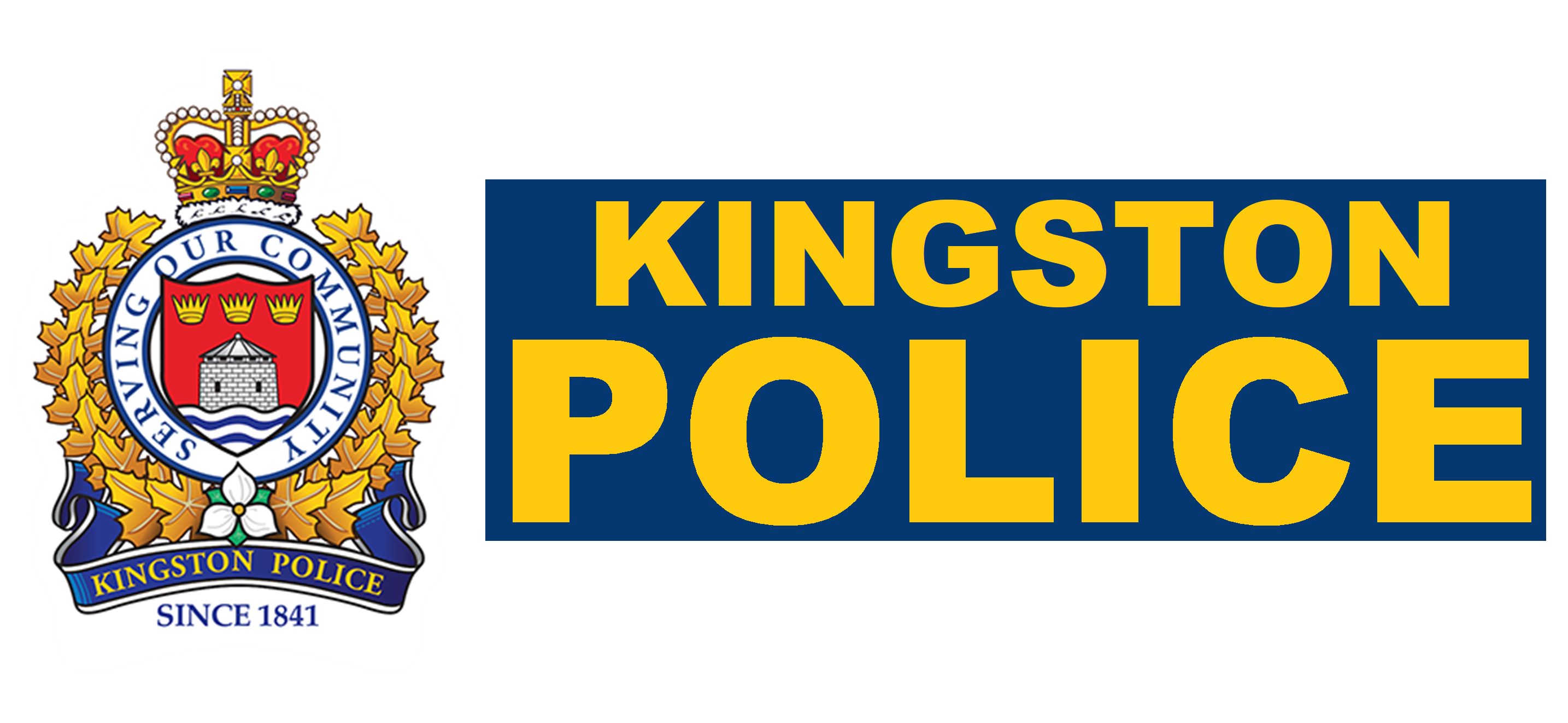Bullying and Cyber Bullying
The Ontario Ministry of Education defines bullying as:
“Bullying is typically a form of repeated and aggressive behaviour directed at an individual or individuals that is intended to cause (or should be known to cause) fear and distress and/or harm to another person's body, feelings, self-esteem, or reputation.”
Bullying happens when there is a real or perceived power imbalance. Bullying can take many forms, including:
- Physical (hitting, shoving, stealing, or damaging property)
- Verbal (name calling, mocking, or making sexist, racist, or homophobic comments)
- Social (excluding others from a group or spreading gossip or rumours about them)
- Written (writing notes or signs that are hurtful or insulting)
- Online (commonly known as cyberbullying).
What can I do if my child is being bullied at school?
Learn what you can do if your child is being bullied:
- Talk to your principal and ask about support services available through the school.
- School staff are expected to make every effort to fully investigate your concerns, while protecting your child’s privacy.
- Teachers should discuss bullying openly in class and help students understand the importance of respect, caring about the feelings of others, and friendship.
- Ask to see your school's code of conduct, which sets out how students, teachers, and other members of the school community should behave towards one another.
- Ask to see your school's bullying-prevention policy, which outlines what the school staff can do to solve the problem.
- All school staff must respond and report incidents of bullying to the principal and respond to any incidents of bullying.
- If you are not satisfied with the school's response, you may contact the supervisory officer of your school board.
Cyber bullying
Cyberbullying is the use of technology, such as the Internet, social networking sites, websites, email, text messaging and instant messaging, to intimidate or harass others.
Cyberbullying includes:
- Sending mean or threatening emails, texts and/or instant messages
- Posting embarrassing photos of someone online
- Creating a website to make fun of others
- Pretending to be someone by using their name
- Tricking someone into revealing personal or embarrassing information and sending it to others
Stopping cyber bullying
What you can do to stop cyber bullying.
Youth
If you are a victim of bullying:
- Walk away, block, or leave the online conversation
- Keep track of the bullying (write it down and save screenshots of messages and images)
- Tell a trusted adult (If you don't trust anyone or need to speak with someone urgently, contact the confidential and toll-free Kids Help Phone)
- Report the bullying to school administrators
- Report criminal offences, such as threats, assaults and sexual exploitation to police
- Report unwanted text messages to your telephone service provider
- Report online bullying to the social media site and block the person responsible
If you know someone who is being bullied:
- Tell the bully to stop what they are doing if you feel it's safe
- Find friends, students, youth or an adult who can help stop it
- Befriend the person being bullied and help them through the situation
- Report it to a teacher or school staff
Adults
If you know or think that a child is a victim of bullying, you should talk to them. Let them know that they can trust you and that they shouldn’t deal with bullying alone.
You can help them by:
- documenting the bullying;
- reporting unwanted text messages to their telephone service provider, or cyberbullying to social media sites;
- reporting the bullying to school administrators; and
- reporting criminal offences, such as threats, assaults, harassment and sexual exploitation to the police.
Resources
- Kids Help Phone can provide you with counselling by phone or online, as well as information and referral services.
- NeedHelpNow is a great resource if you’re a teen or youth experiencing cyberbullying.
- Check out the easy to read 5 Ways to Help Children Deal with Bullying Compassionately infographic for more information and helpful tips.

